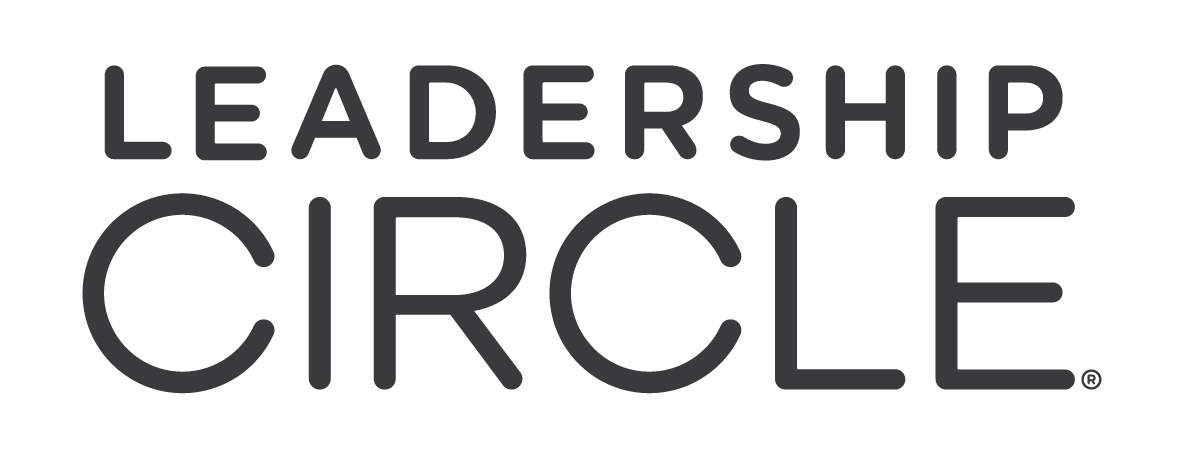Could your strongest convictions be quietly holding you back?
Leaders are often praised for their decisiveness. But when decisiveness tips into rigidity, it can quietly stifle innovation, fracture team dynamics, and block growth. This blind spot, known as cognitive rigidity, is one of the least discussed yet most damaging leadership challenges.
At its simplest, cognitive rigidity is the inability to adapt to new perspectives, ideas, or shifting conditions. And while conviction has its place, the demands of modern business require leaders who are agile—mentally and emotionally. The crucial question becomes: are you flexible enough to evolve?
This article unpacks what cognitive rigidity looks like, why it undermines leadership, and how to cultivate cognitive agility—the skill every leader will need to thrive in an age of rapid change.
What Exactly Is Cognitive Rigidity—and Why Does It Matter?
Cognitive rigidity goes beyond being “stubborn.” It’s a habitual way of thinking that resists alternative solutions. Under pressure, many leaders fall back on familiar strategies, even when evidence suggests those strategies no longer serve the organisation.
A Look at the Neuroscience
From a neurological standpoint, cognitive rigidity is linked to the brain’s reliance on well-worn neural pathways. These mental shortcuts allow for quick decision-making, but over time they create ruts that limit adaptability. What once helped us react efficiently can end up trapping us in outdated patterns.
Consequences for leadership include:
- Resistance to feedback: Suggestions are dismissed as threats, cutting leaders off from fresh insight.
- Over-reliance on the past: What worked in 2020 may now hinder innovation, yet rigid thinkers cling tightly to it.
- Cultural fallout: Teams operating under rigid leaders often feel undervalued, and disengagement can lead to high turnover.
Rigid leadership isn’t just frustrating for teams; it drains the very creativity and trust leaders rely on to succeed.
Subtle Signs of Rigidity You Might Miss
Rigid thinking often hides behind language like “we’ve always done it this way” or “this is the only option.” But it also shows up in more nuanced behaviours.
- Black-and-white thinking: Complex issues are reduced to “win or lose,” leaving no space for nuance or creative compromise.
- The sunk cost trap: Leaders persist with failing projects because of the resources already invested.
- Defensive leadership: New ideas are received as challenges to authority rather than opportunities to grow.
- Pattern fixation: Leaders default to strategies that once worked, overlooking better solutions in shifting conditions.
The first step in breaking free is awareness. Naming these patterns allows leaders to consciously choose different responses.
How Leaders Can Build Cognitive Agility
Cognitive agility—the ability to pivot perspectives and adapt quickly—is the antidote to rigidity. It’s a skill that can be intentionally practised and developed.
1. Trade certainty for curiosity
Reframe decisions as experiments. Instead of defending a “perfect” plan, invite your team to test assumptions and co-create improvements.
2. Seek diverse input
Rigidity thrives in echo chambers. Build teams that represent different backgrounds and viewpoints, and actively invite dissenting opinions to reduce blind spots.
3. Practise small disruptions
Flexibility grows with repetition. Try simple disruptions—switch your routine, engage with unfamiliar ideas, or learn outside your field. These micro-practices strengthen the brain’s capacity for adaptation.
4. Strengthen psychological flexibility
Mindfulness practices help leaders stay present and less reactive. Starting meetings with short reflection exercises or structured check-ins can open space for different perspectives.
5. Develop metacognition
Metacognition means “thinking about your thinking.” During your next decision, pause and ask: What assumptions am I carrying? What if the opposite were true? What do I need to unlearn here?
Why Flexible Thinking Is the Future of Leadership
The leaders who succeed in the coming decades will not be those who hold firm to old certainties, but those who can flex, question, and reimagine. Agility of mind is now as important as agility of strategy.
Cognitive agility isn’t an optional extra. It is the foundation for sustainable leadership—enabling innovation, resilience, and trust in the face of disruption.
The real question for today’s leaders is this: are you willing to train your brain to adapt, rather than default to rigidity?
At Leadership Circle, we believe the journey begins with awareness. Our frameworks and assessments support leaders in breaking rigid patterns and building the flexible, responsive mindset needed to lead with confidence in uncertain times. Ready to explore? Get in touch today.





